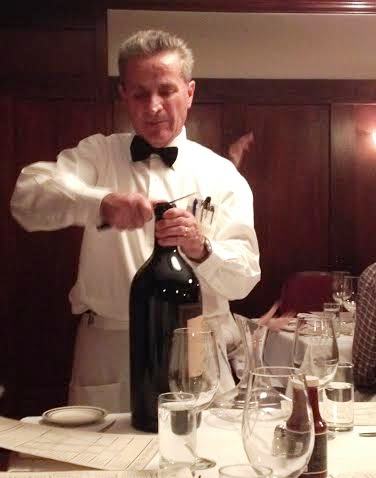Wine is an expensive luxury product that is highly coveted. Unfortunately, regardless of age and providence, a wine goes bad in as little as a few hours after opening the bottle. Winemakers and enthusiasts have been dealing with leftover wine for centuries and they’ve conducted considerable research into several different methods that can help preserve your wine for days, or even weeks.
The reason wine goes bad so quickly is because of oxidation. Which of course, is caused by exposure to the oxygen in our environment. Oxidation is the cause of many kinds of food spoilage and there are several ways that the food and beverage industry has developed to avoid oxidation.
This article will explore some of the different technologies employed to keep your high-quality wine fresh and ready for your consumption at the rate you desire.
Wine Is Meant To Be Enjoyed, Not Chugged
Wine is possibly the most delicate form of alcoholic beverage. Due to its refinement and price, rushing through a bottle doesn’t honor the labor and craftsmanship that goes into each bottle. But that’s exactly what most people do to enjoy the wine before it starts to lose its intended flavor.
Additionally, you and your fellow enthusiasts may want to open, sample, and compare several different varieties in a single night. But that doesn’t mean they want to get fall-down drunk either.
While leftover wine doesn’t spoil entirely within a mere two or three hours, it begins to lose its freshness immediately. Oxidation destroys many of the characteristic aromatics that high-quality wines are known for. Ultimately leading to a more Sherry-like flavor profile.
Some commonly employed methods to preserve open wine bottles are:
- Replacing the cork
- Using an inflatable cork to displace the air inside the bottle after use
- Refrigeration
- Wine dispensers
- Finishing the bottle before the night ends (the most common)
Fortunately, the industry has developed several methods to preserve wine. Unfortunately, any method beyond a stopper or reusable cork has been inaccessible to the average consumer. Yet, thanks to new technology, home wine enthusiasts can preserve their wine for up to 30 days using argon. Argon, along with Nitrogen, is inert gases that have long been used to prevent oxidation of food products. The ‘air’ present in a bag of chips, or in the headspace of your wine bottle is usually nitrogen or argon.
New Wine Dispenser Technology Is Unbeatable
There are a lot of different ways that people try and use to prevent wine spoilage. But let’s be honest, they don’t work. That’s because as soon as oxygen touches the wine, the changes are already beginning to occur. Of course, the less exposure to oxygen, the better. But what if you could pour a glass without exposing the remaining wine to any oxygen at all?
That’s the intention of winemakers and wine dispensers. When a bottle of wine is made, they fill the headspace of the bottle with argon gas, or perhaps nitrogen. Because argon is much heavier than oxygen and atmospheric air, it sinks into the bottle and displaces all the air in the bottle. If you open a bottle of wine very carefully, the argon gas will remain in the bottle and serve as a protective shield against the much lighter oxygen.
It’s not until you pour the glass (or tilt the bottle) that oxygen touches the surface of any wine. When wine comes out of the bottle, an equal volume of air must move into the bottle or nothing will come out (think glass Heinz ketchup bottle). So then the obvious solution is to use argon gas to displace the volume of wine you’d like to pour out. That’s where wine dispensers come into play.
Wine dispensers use argon or nitrogen to displace the volume of poured wine. This ensures that your limited-run wine of choice lasts longer than you ever thought possible. A dispenser is essentially a machine that holds multiple bottles of wine and dispenses it according to standard amounts, such as a full-glass or half-glass. This not only solves the greatest issue of leftover wine spoilage but also has cost-saving benefits for the wine bars that employ them due to the accuracy of the volume poured into each glass.
This new generation of wine preservation methods will revolutionize the industry. Now, you can open several bottles of wine at a time, install them into the machine, and then sample several different wines in a single night without concern. Previously, enthusiasts needed to finish the bottle if they opened it. Or they relied on a barely effective storage method.
You don’t need to chug that bottle before bed. Anti-oxidation methods help with preventing spoilage. Some work better than others. Cork replacement being the least-effective and employing a wine dispenser being the most-effective. Whatever you choose, it’s going to help you enjoy the delicate aromatic flavors that make wine a highly-coveted beverage.


